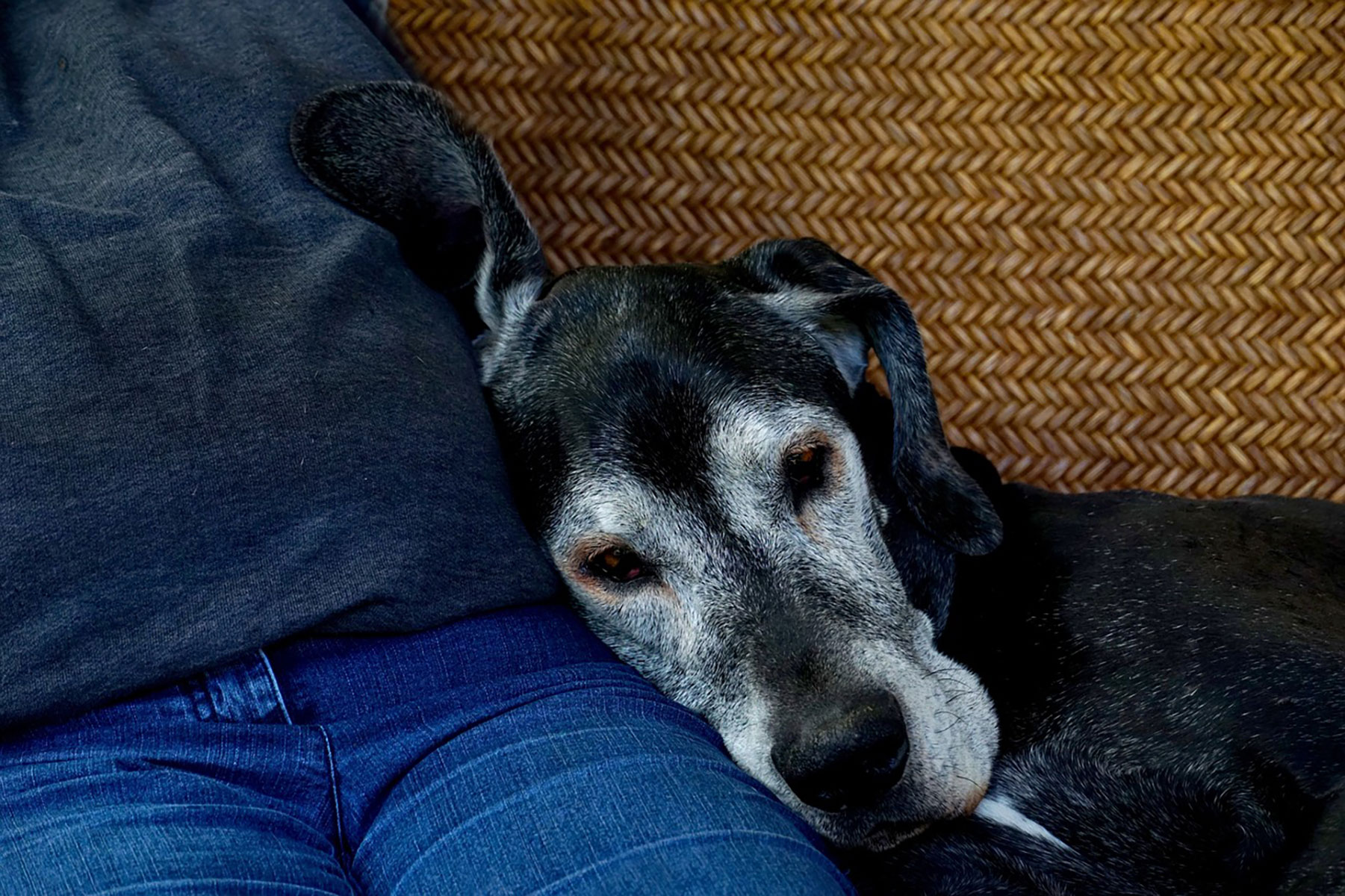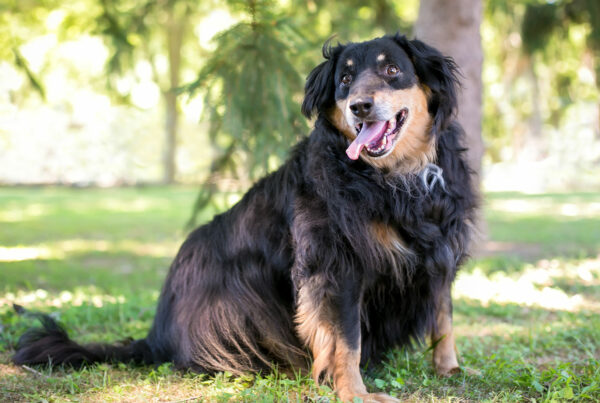We often have pet parents bring in their dogs and explain that they are in pain or discomfort. Sometimes, the cause is osteoarthritis, a joint condition that leads to joint degeneration over time. Dogs with this condition don’t have to live in pain. Our team at Live Oak Animal Hospital has the resources pet owners need to make decisions about their pets’ health.
What Is Dog Osteoarthritis?
Osteoarthritis is a progressive, degenerative condition that can affect dogs. As a progressive condition, it worsens over time, but the amount it declines can depend on the steps taken to control the damage it causes. Fortunately, the symptoms of osteoarthritis can often be managed, allowing pets to have a better quality of life despite living with this joint disorder.
What Are the Symptoms of Osteoarthritis?
Dogs can’t explain that they’re in pain the same way humans can, but they will still show signs of osteoarthritis. Some symptoms include:
- Not being enthusiastic about walking or playing
- Licking the joints
- Walking slowly or shuffling from place to place
- Being reluctant to stand
- Stillness, lameness, and pain
- Restlessness
- Refusing to jump, run, or use the stairs
- Irritability or aggression
- Whining
Fortunately, it’s possible to help dogs with these symptoms.
How to Help Dogs With Osteoarthritis
One way to help dogs is by getting their weights down. If a dog is overweight, its joints will be under more pressure. Dogs that lose weight and participate in regular moderate exercise may have better joint health, even with osteoarthritis.
Another way to help dogs with osteoarthritis is by looking into modifying their home environment. Simple changes, such as raising pets’ food and water bowls, can make a difference. Keeping the dogs warm and dry will also reduce symptoms related to osteoarthritis.
At night, pet owners can give their pets orthopedic or memory foam beds to sleep in. If the dogs sleep in the owner’s bed, then they should have a ramp to help them get up into the bed. The same kind of ramp can be used to help the dogs into or out of a vehicle.
Adding rugs around the home can help prevent skidding and slipping that could put pressure on the joints, and trimming pets’ nails regularly helps improve traction.
Finally, talking to a vet about the possible treatment options can help. There are nutritional, physical, and pharmaceutical options to help with osteoarthritis. Some possible treatments include:
- Regenerative medicine
- Medical massage
- Laser therapy
- Chiropractic therapy
- Acupuncture
- Physical therapy
These and other options could help dogs feel better and live a more comfortable life.
Live Oak Animal Hospital Has Early Access to Librela™
At Live Oak Animal Hospital, we have early access to Librela™, the first and only monthly injectable that has been designed for osteoarthritis pain treatment in dogs. This anti-nerve growth factor (NGF) monoclonal antibody (mAb) therapy helps reduce and manage pain levels in dogs with just one single monthly dose. It has been approved as safe with minimal metabolism by the kidneys or liver. It works differently than NSAIDs, reducing the risk of unwanted side effects from common pain medications. For more information or to schedule a dose for your dog, visit us at Live Oak Animal Hospital in Lubbock, Texas.





